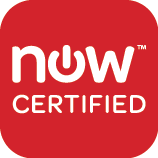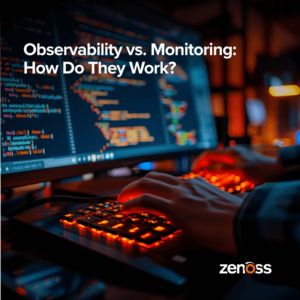Software-Defined Operations (SDO): At A Glance
In our last post, we began to explore the origins of software-defined operations and why it’s absolutely essential for complex, modern hybrid IT environments. The general premise: your IT infrastructure shouldn’t interfere with business operations that drive revenue to keep you competitive and relevant.
We’ve already seen operational improvements and cost savings as IT infrastructures move to public, private and hybrid clouds. The next evolutionary step for SDO is the deployment and integration of dynamic processes and workflows into that infrastructure.
ServiceNow and Zenoss: a partnership enabling SDO
ServiceNow, a Zenoss Partner, is hosting Knowledge15 this week, highlighting the enablement, management and operations of “Everything as a Service”. The event showcases the continuous movement toward Software-Defined Operations with its Service Management products and solutions. (By the way, if you a
Zenoss is excited to be one of just a few companies asked by ServiceNow to participate in the launch of their new AppStore. Zenoss was pleased to be able to provide Certified Integrations with ServiceNow’s IT Service Management’s Incident Management along with their Configuration Management Data Base (CMDB) to close the ITSM loop and take one more step towards SDO at scale. Both of these integrations were developed on ServiceNow's Fuji release, representing the combined force of the latest technology from two leading companies.
For more information about ServiceNow integration, click [HERE].
The Simplicity of Scalability
Scalability of services as business demands increase or decrease is critical. Variable costs let you continuously adapt to changing environments and maintain margins on revenue.
Consider Operational Expenses (OpEx) vs. Capital Expenses (CapEx): When CapEx is used to purchase resources; the depreciation cannot be removed until the resource is fully depreciated. However, if OpEx can be used to purchase services, then the costs can vary with
Zenoss enables software-defined capabilities by allowing business to offload services into providers or clouds. It doesn’t matter if you are using CapEx for your resources or OpEx for services from external providers; Zenoss monitors them all, integrates with your orchestration and provision systems, and ensures your service delivery. It’s that simple.
Adaptability to Business Demands
Consider a mergers and acquisitions scenario: Typically, the two companies being combined are on disparate systems and it is both costly and time consuming to merge systems, workflows, and processes.
An adaptable software-defined operations solution can accelerate the assimilation process, enabling the newly combined business to adapt their workflows and processes and adopt or remove acquired systems as needed over time
Stay tuned for more on how Zenoss can get you to the frontier of software-defined operations.
[button url="https://www.zenoss.com/solutio/service_dynamics"]Learn More[/button]






